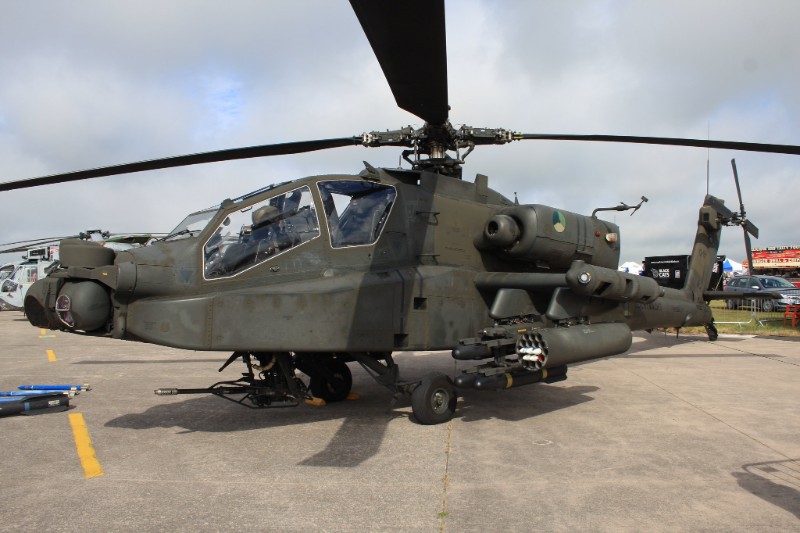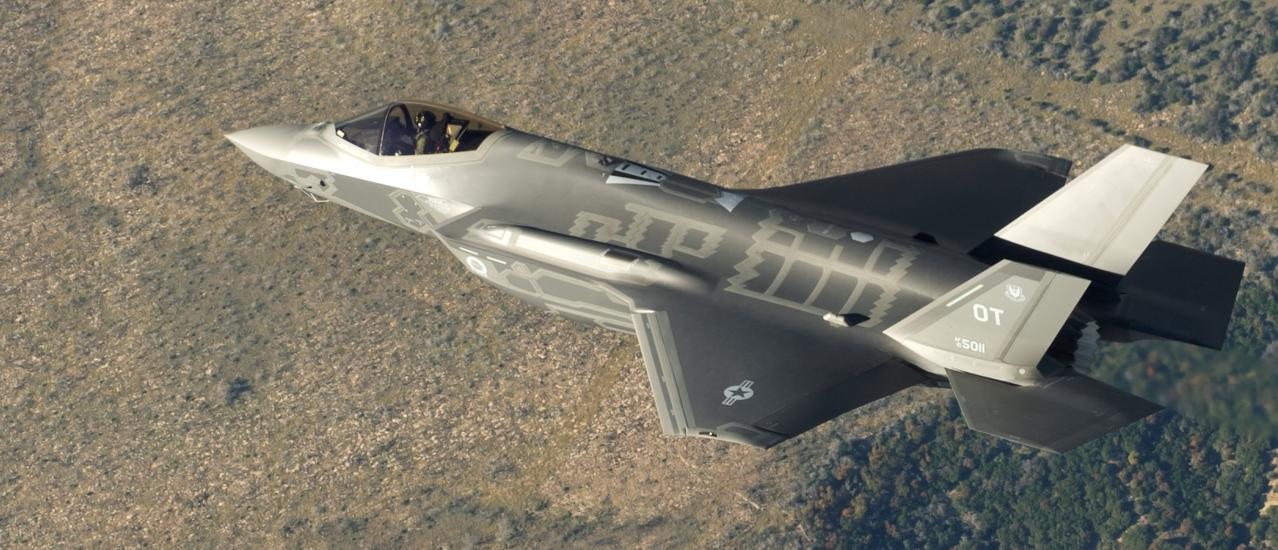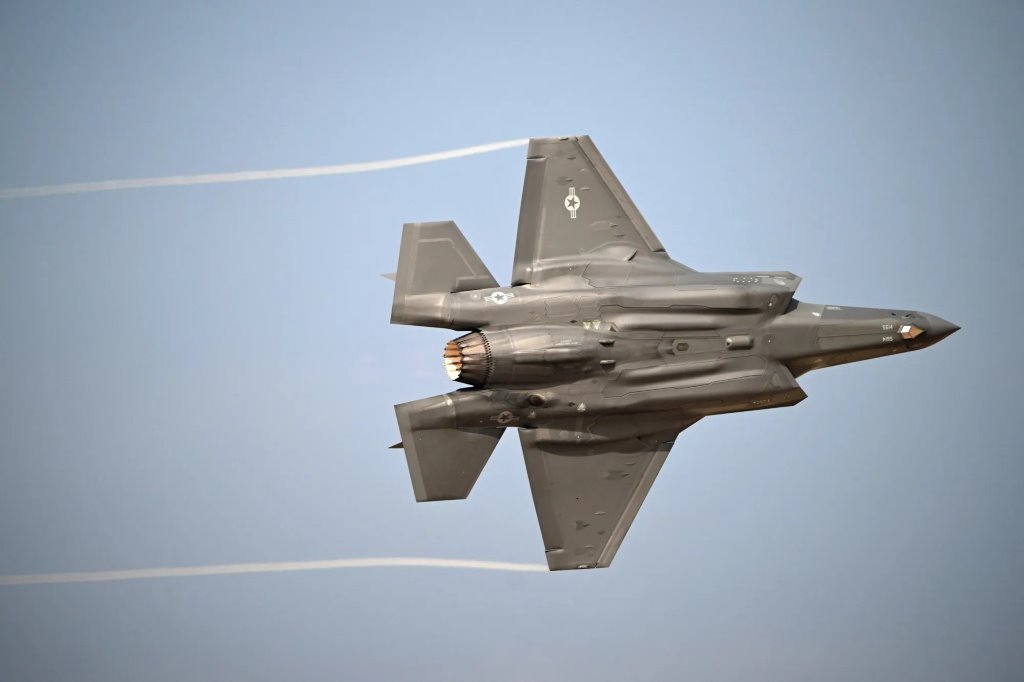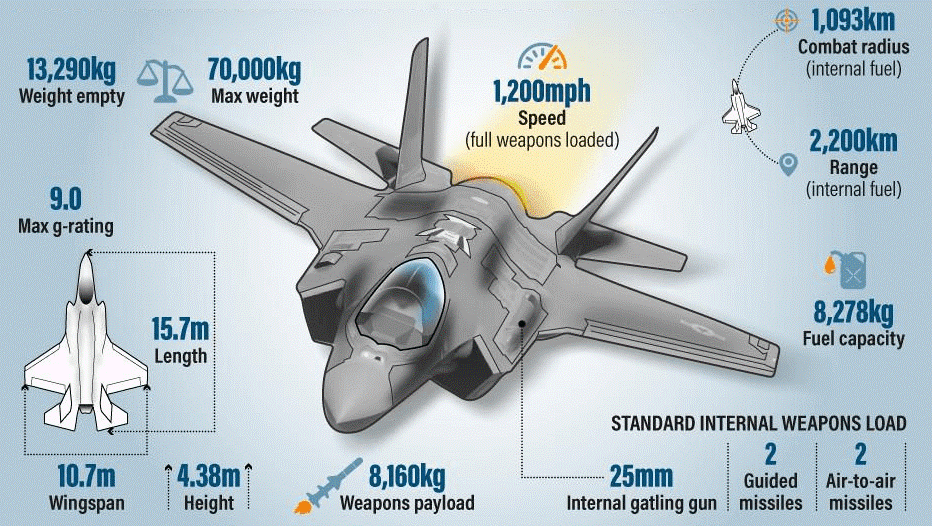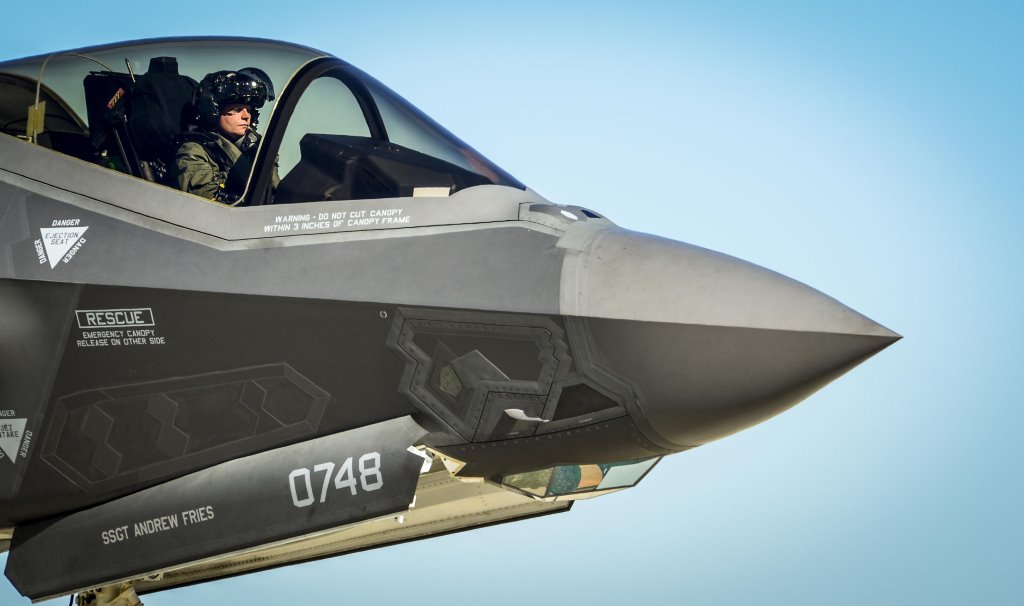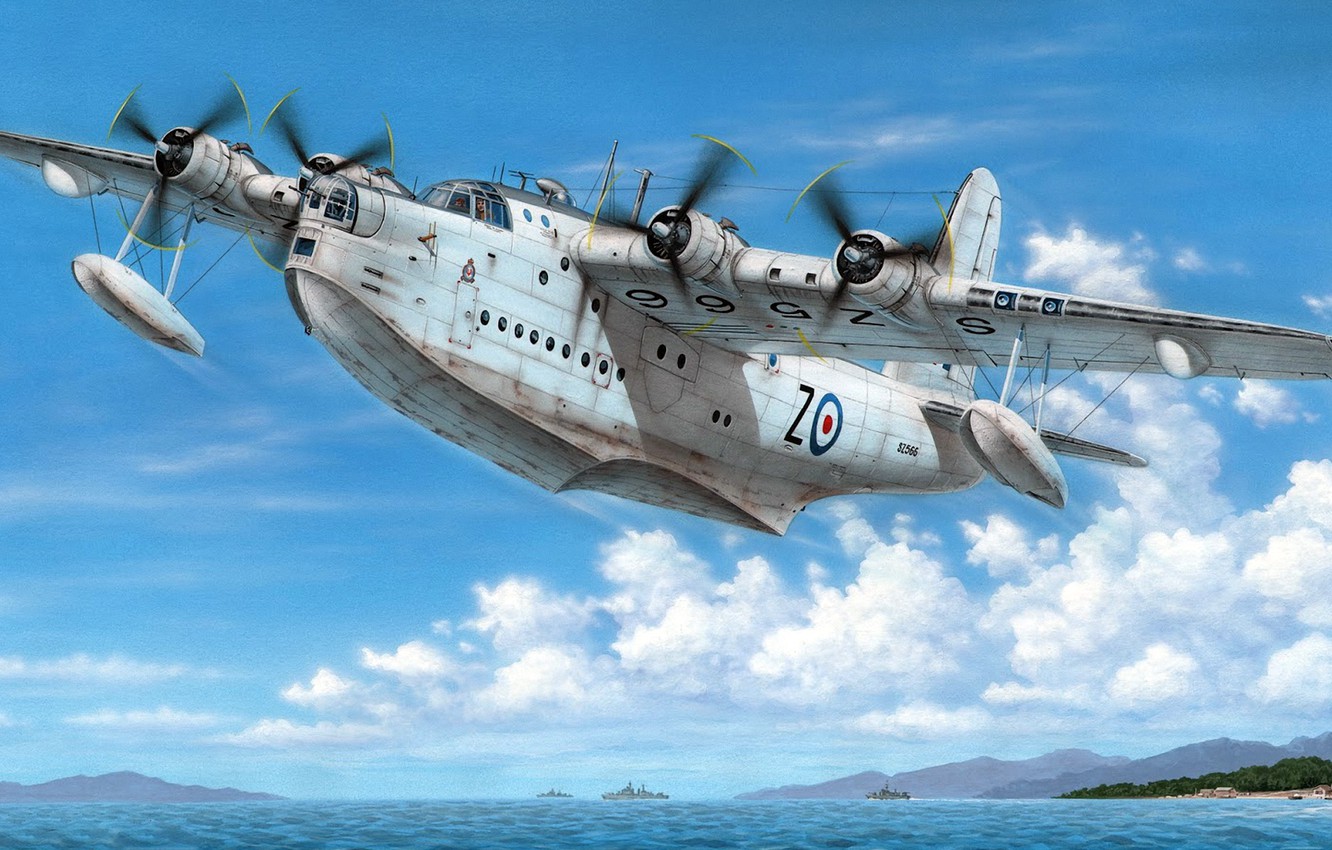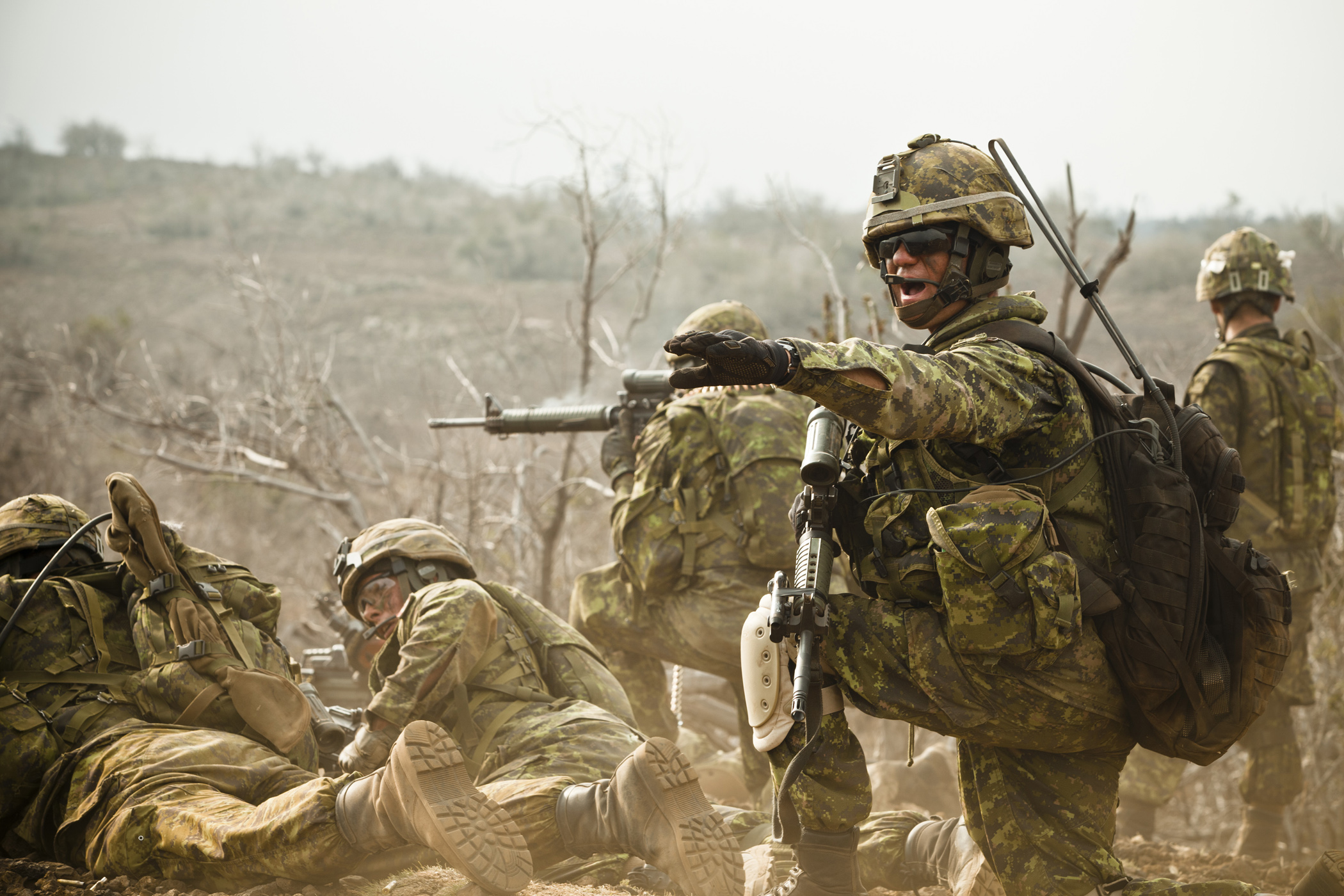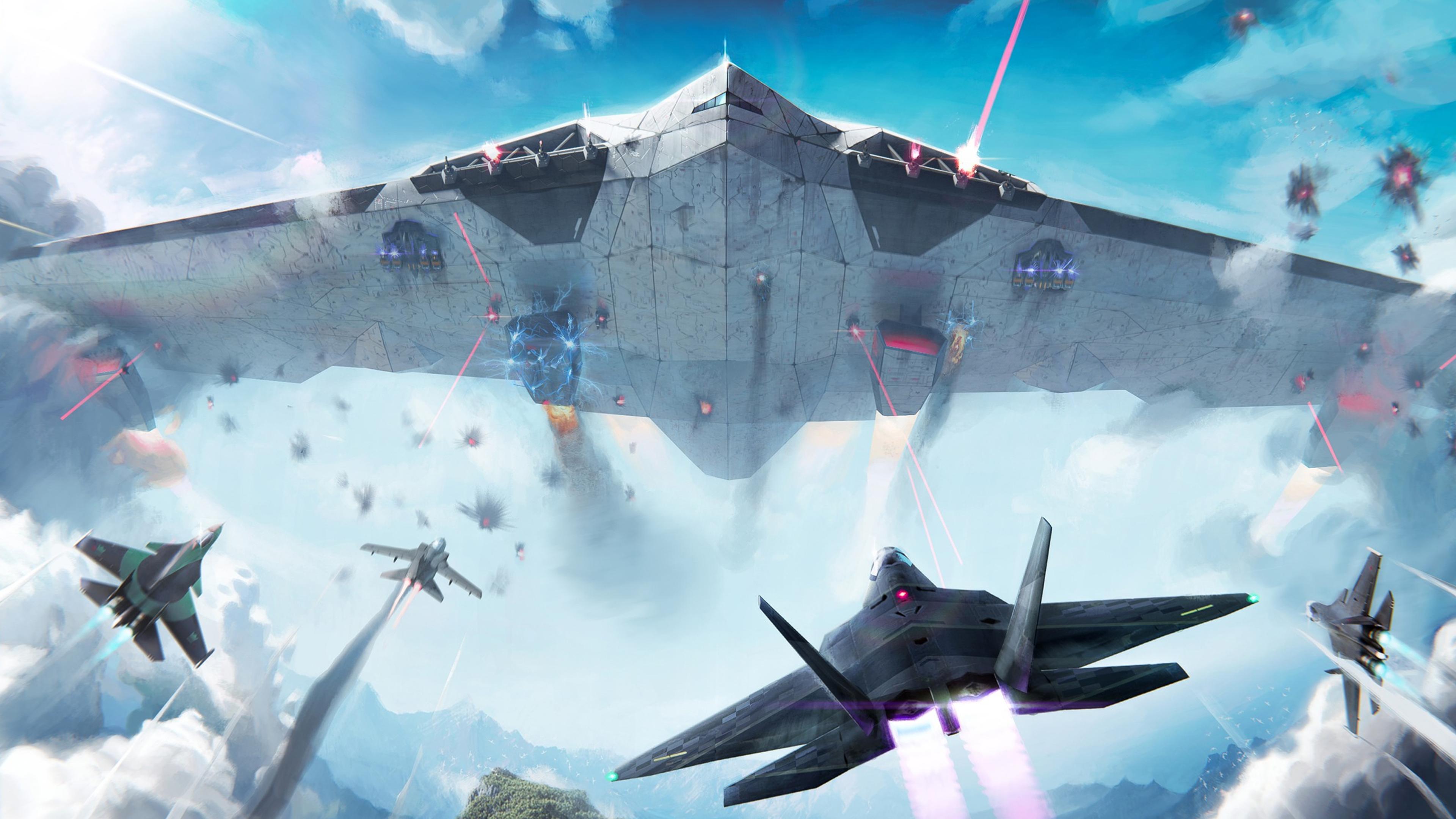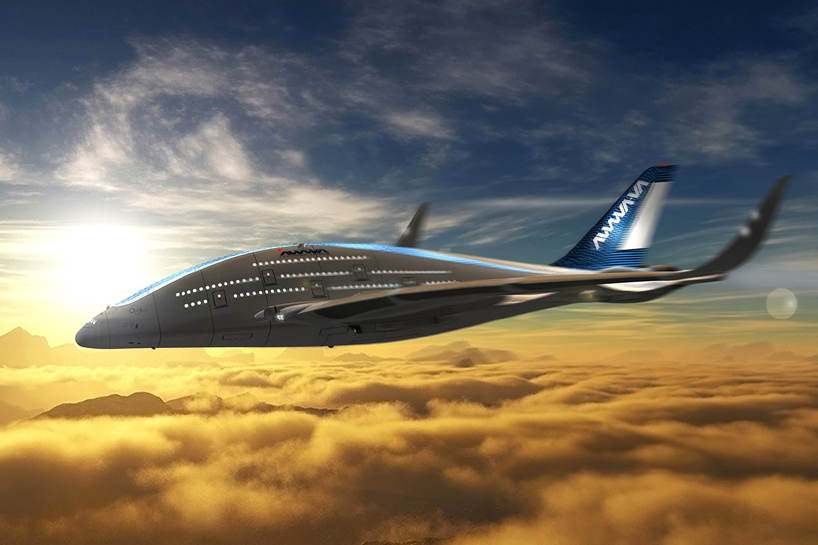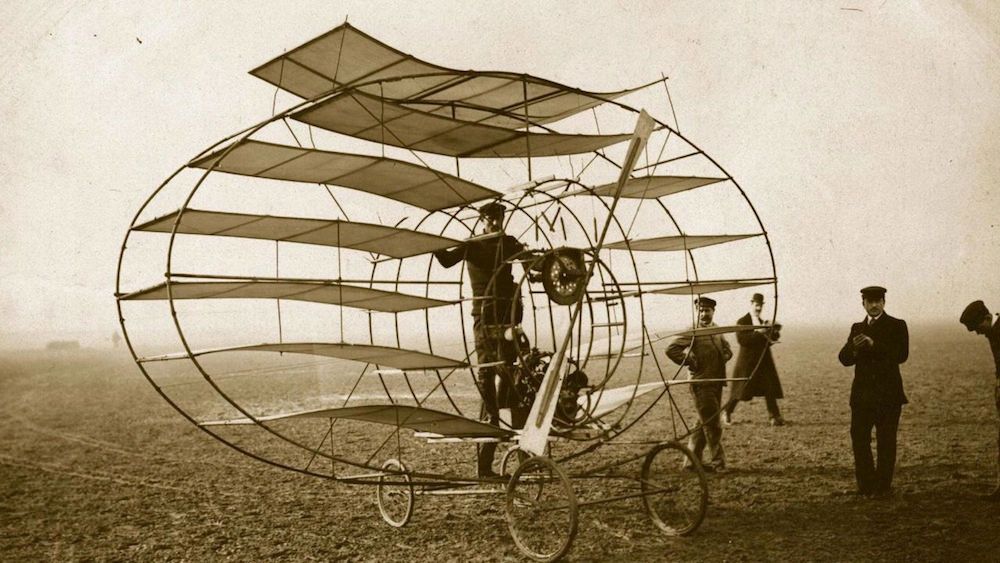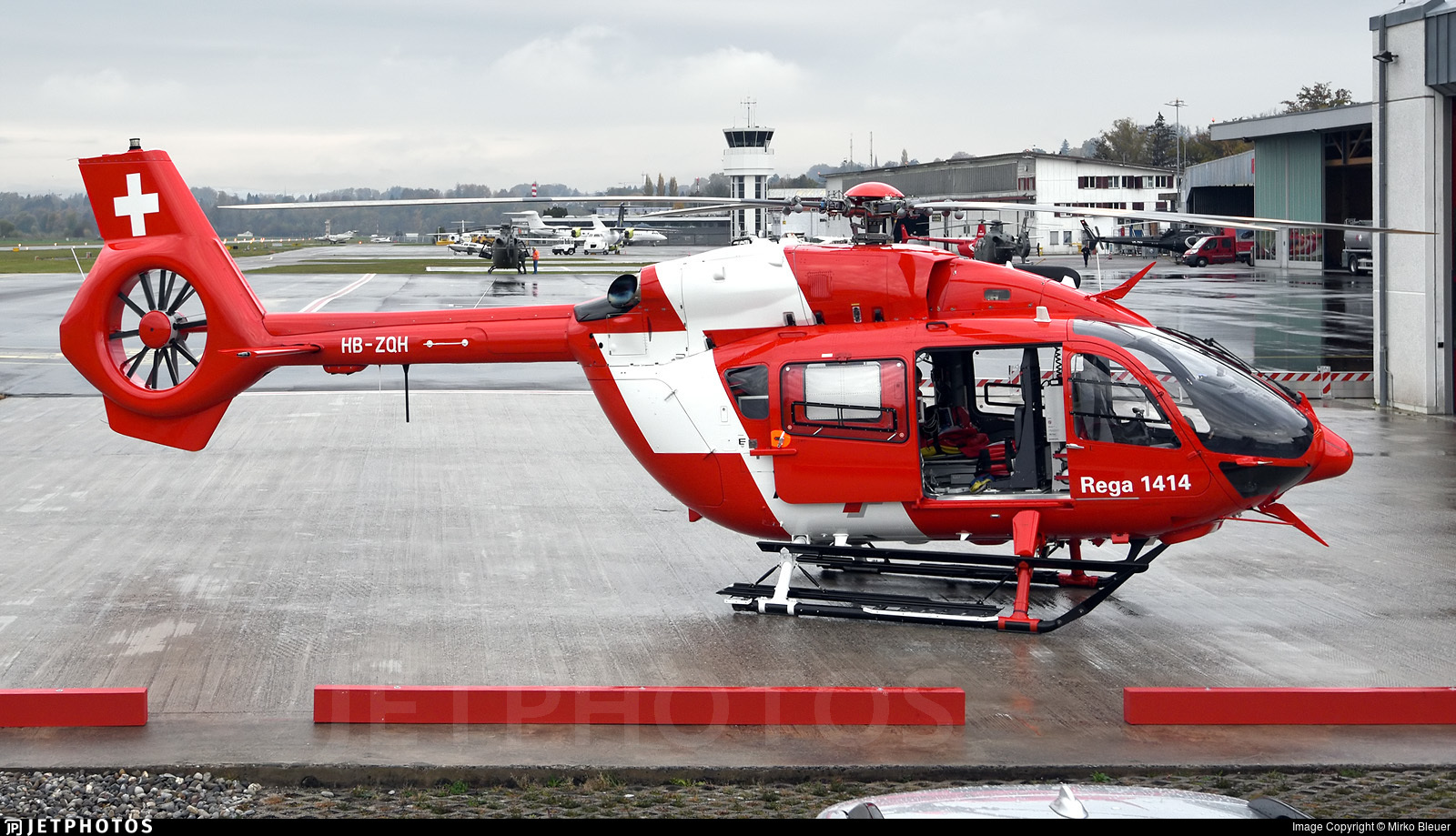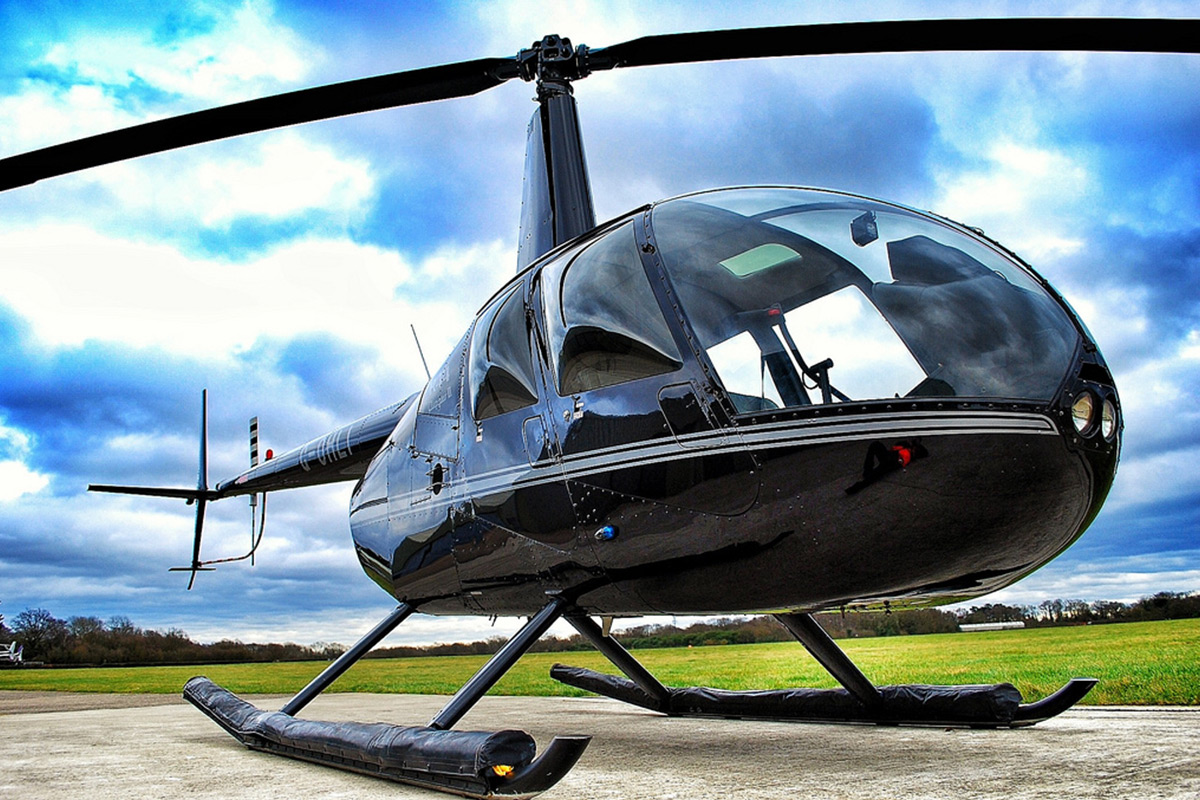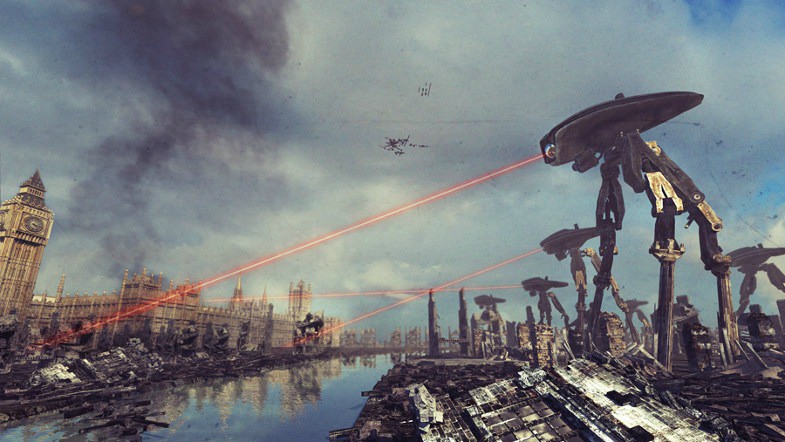The F-35 Lightning II represents a generational leap in aerial warfare capability. Built as a true fifth-generation fighter, it merges advanced stealth shaping with high-speed maneuverability, deeply fused sensors, real-time data networking, and unprecedented situational awareness. Instead of relying on separate aircraft for attack, reconnaissance, electronic warfare, or defensive counter-air, a single F-35 can absorb multiple roles at once and coordinate operations across domains with remarkable precision.
Three purpose-built variants allow the aircraft to serve the operational needs of the U.S. Air Force, U.S. Navy, U.S. Marine Corps, and more than a dozen allied nations. In the coming years, the F-35 family will replace earlier platforms such as the A-10, F-16, F/A-18, Harrier, and other aging fighters that no longer meet the demands of modern integrated warfare.
The Lightning II is a single-engine, single-seat aircraft, but its onboard computing power, machine-level data analysis, and fused sensors give each pilot the combat awareness of an entire intelligence network. Missions once requiring a group of specialized aircraft can now be executed by a coordinated formation of F-35s, making it a transformative platform for allied air forces.
Developed through one of the largest international defense partnerships in history, the aircraft is supported by a network of aerospace leaders. Lockheed Martin acts as the prime contractor, with major contributions from Northrop Grumman, BAE Systems, and Pratt & Whitney. The F135 engine supplied by Pratt & Whitney remains the most powerful fighter engine ever produced, enabling high-energy maneuvering and reliable supersonic performance without afterburner in specific profiles.
Why the F-35 Became an Essential Global Fighter
Built for Threats Other Aircraft Cannot Survive
Air superiority remains fundamental to global stability, and the F-35 was engineered to slip into contested environments where fourth-generation aircraft would struggle to survive. Its stealth profile reduces detection across multiple radar bands, and its electronic warfare suite actively manipulates the electromagnetic environment to deny enemy targeting systems a reliable picture.
Around the world, fighter inventories have aged dramatically. The U.S. Air Force fleet is significantly smaller and older than it was in the early 1990s, and many allied countries face similar challenges. The F-35 program was designed to renew these fleets with a platform capable of confronting emerging near-peer threats, including advanced integrated air defense networks and next-generation enemy fighters.
The accelerating development of modern surface-to-air missile systems, hypersonic weapons, and sophisticated jamming technologies reinforces the need for a fighter that is difficult to detect, highly agile, and equipped with a battlefield view far beyond the cockpit canopy. The Lightning II delivers that combination at a scale no other fighter currently matches.
Designed to Excel Across Multiple Roles
Although the F-35 is often praised for its stealth, the range of missions it performs is far broader. It operates as a multirole combat aircraft, seamlessly shifting between air-to-air engagements, deep strike missions, electronic warfare, intelligence gathering, and coordinated attacks with naval, air, and ground forces.
Its sensor fusion system merges data from onboard sensors, satellites, surface ships, airborne radar networks, and other F-35s, giving pilots an understanding of the battlespace that would have been impossible two decades ago. This shared data network also enables allied aircraft to coordinate more effectively, reducing vulnerability and increasing operational tempo.
Understanding Fifth-Generation Technology
A fifth-generation fighter integrates stealth, high maneuverability, advanced sensor architecture, and network-oriented operations into a single airframe. These aircraft are designed not only to win dogfights but to shape the outcome of entire campaigns by offering decisive information superiority.
The Lightning II and the F-22 Raptor both belong to this rare category. They share attributes such as low observable design, sensor fusion, and advanced avionics, but each aircraft is optimized differently. The Raptor remains the most dominant air-superiority fighter in the world, while the F-35 was created as a multirole platform capable of precision strike, intelligence gathering, and electronic attack with unrivaled flexibility.
While the Raptor stands unmatched in pure air-to-air capability, the F-35’s air-to-ground performance, situational awareness, and avionics make it the strongest multirole fighter globally. In modern combat, where information warfare is as critical as firepower, the F-35's network-centered design gives it a unique strategic edge.
The Evolution and Engineering of the F-35 Program
After the Joint Strike Fighter competition was launched, two prototypes were funded: Lockheed Martin’s X-35 and Boeing’s X-32. The objective was to create a versatile aircraft that could support the Air Force, Navy, Marine Corps, and allied nations with a shared architecture, reducing cost and maximizing interoperability.
Boeing’s X-32 attempted to meet all mission requirements with a single airframe incorporating vectored-thrust systems. Lockheed Martin pursued a modular strategy, proposing three variants tailored to their respective services: the conventional F-35A, the short takeoff/vertical landing F-35B, and the carrier-adapted F-35C.
The Department of Defense ultimately chose the X-35 design based on its superior lift-fan system and overall performance in tests. This decision set the stage for one of the largest fighter manufacturing programs in history.
Production of the F-35A began in the mid-2000s, with early test aircraft rolling out in 2006. The first full training squadrons were established at Eglin Air Force Base, and after years of refinement, the aircraft achieved initial operational capability in 2016. Since then, global deployment has expanded rapidly.
Features and Modern Deployment Across Allied Forces
The F-35A now operates within numerous U.S. Air Force units, including test wings, operational wings, and training centers nationwide. Its adoption has grown internationally as well, with fleets now active in countries such as the United Kingdom, Italy, Japan, Israel, Australia, Norway, Denmark, South Korea, the Netherlands, and others. Additional nations have joined the program in recent years, reflecting increasing confidence in the aircraft’s long-term relevance.
One of the most important characteristics of the F-35 is its role as a force multiplier. Its ability to share real-time sensor information with fourth-generation fighters, naval assets, missile-defense networks, and ground commanders allows it to reshape entire battlespace strategies.
During exercises such as Red Flag, F-35s demonstrated exceptional survivability, high kill ratios, and a capacity to neutralize targets before opposing aircraft were even aware of their presence. This performance validated the aircraft’s operational philosophy: air combat in the 21st century is not merely aircraft versus aircraft, but networks against networks.
Senior Air Force leaders have repeatedly emphasized that the Lightning II is not intended to fight in isolation. Instead, it functions as part of a broad, multi-domain ecosystem, merging data from cyber, space, naval, and air platforms to overwhelm adversaries with tempo and coordination.
A Continuing Transformation of Global Air Power
As of today, more than a thousand F-35s are expected to be delivered worldwide over the coming decades, with ongoing upgrades planned through the 2040s and 2050s. The upcoming Block 4 modernization package will significantly enhance weapons integration, electronic warfare capabilities, computing power, and long-range sensing. This modernization ensures that the Lightning II will remain a cornerstone of allied air strategy far into the future.
Although no aircraft program is without challenges, the F-35 has matured into one of the most strategically influential fighters ever produced. Its blend of stealth, adaptability, advanced sensors, and multinational collaboration marks a generational shift in air combat philosophy—one in which information dominance and synchronized operations define victory more than raw speed or maneuverability.
By combining high-end technology with wide global adoption, the F-35 continues to reshape how nations think about command of the skies and integrated warfare.


